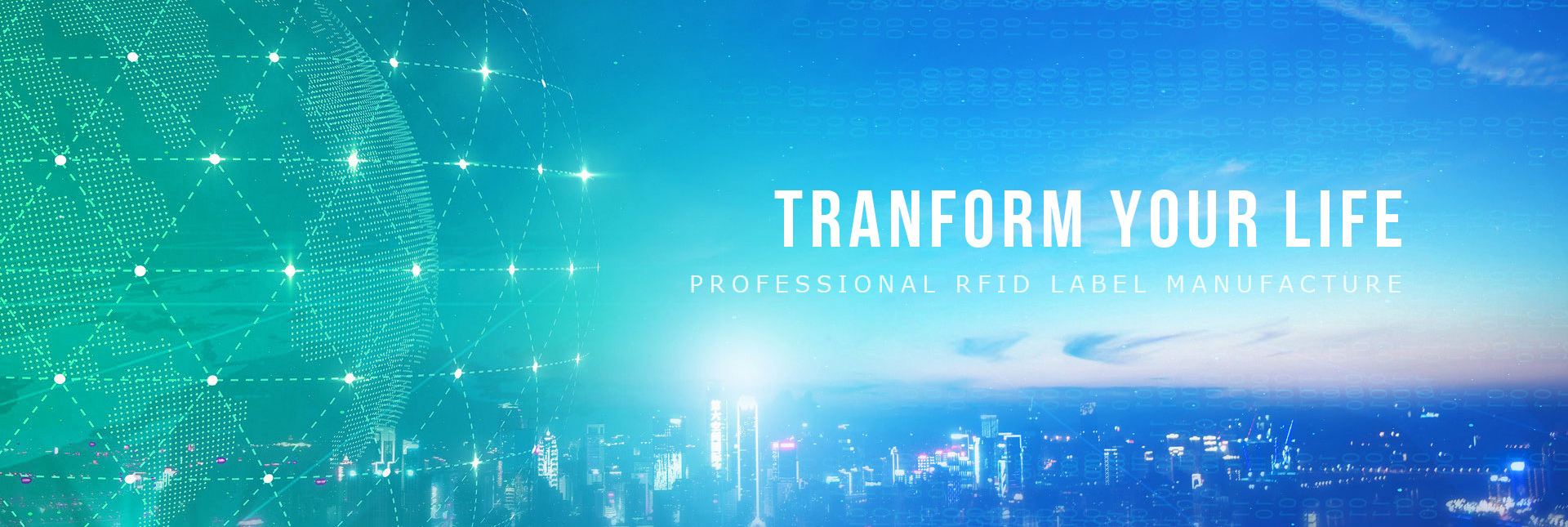The labels market worldwide is anticipated to grow at an average CAGR of 4.8% between 2022 and 2032, when it is anticipated to reach a value of US$ 63.7 billion.
The key driver of the requirement for smart labels is likely to be the desire for authenticity and safety across a variety of end-use industry verticals, which will in turn open up several growth opportunities for the labels market over the course of the anticipated year.
The direct package-to-smartphone connection made possible by these technologically advanced labels increases the target market.
“Growing availability of smart, sustainable, and self-adhesive labels is expected to boost the market growth of labels over the forecast period,” says an FMI analyst.
Smart packaging has the potential to integrate electronic capabilities, enabling pharmaceutical product compliance, material identification, condition monitoring, and asset tracking.
Packaging’s role has evolved over time, from simply protecting and identifying the goods to promoting sales through appealing visuals. The most recent generation is smart packaging, which uses technology such as sensors, indications, and wireless connectivity to improve user engagement, product quality, and supply chain efficiency.
Global Next Generation Packaging Market Segmentation By Packaging Type (Active Packaging, Intelligent Packaging, and Modified Atmosphere Packaging), Function (Moisture Control, Temperature Indicators, Shelf Life Sensing, Product Tracking, and Others), Technology (Scavengers and Susceptors RFID Tags, QR Codes, NFC Tags, Coding & Markings, Sensors & Output Devices, and Others), Material (Plastic, Paper, Corrugated Board, and Others),
Some of the primary factors driving the global next generation packaging market are: • increasing need for smarter packaging to reduce food waste • increased consumption of packaged foods
RFID technology scans a larger range of data than standard labels, functions without human intervention, reduces labor costs, eliminates human errors, and is less sensitive to adverse conditions. These technologically advanced labels also allow for direct package-to-smartphone connectivity, which broadens the target market.




